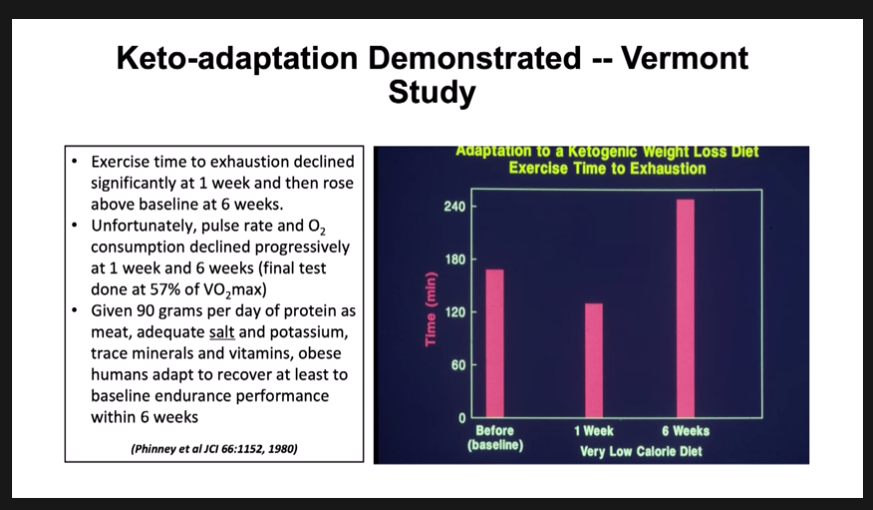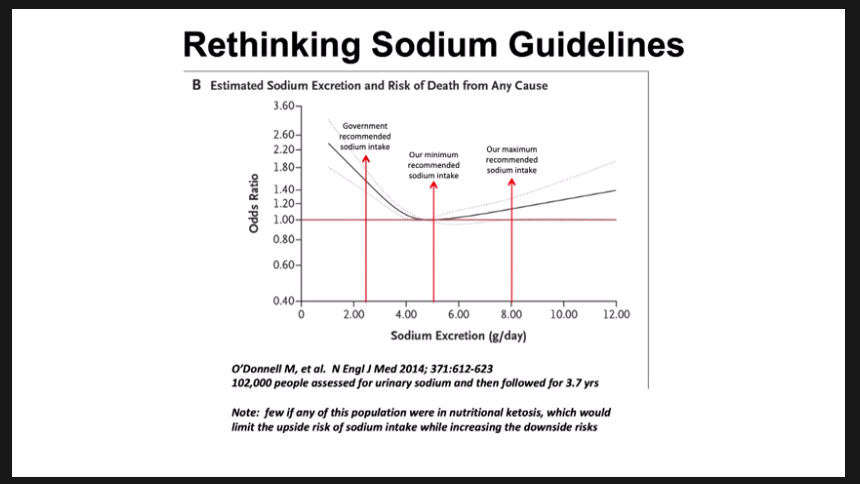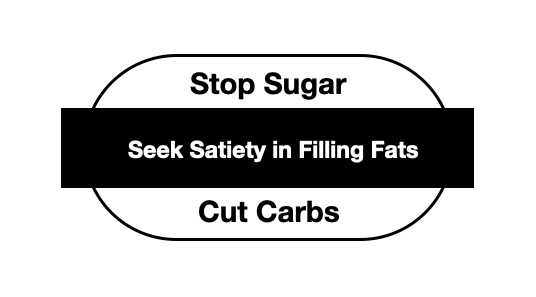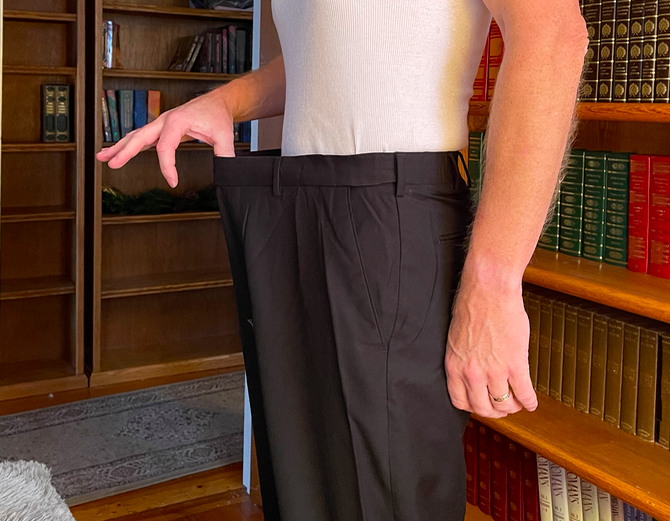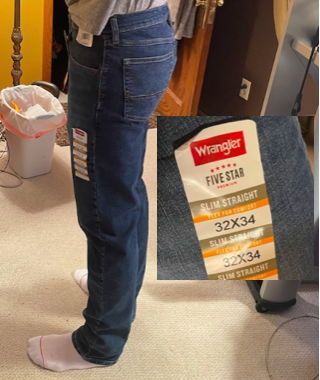It’s very good news that even the leanest among us has at least 50,000 calories stored in our body fat.
The bad news is that because of when and how frequently we eat, most of us can’t access that stored energy.
Lacking energy, we get tired and hungry and eat more.
We store even more energy in fat, which we still can’t access, and that extra weight means we need even more energy to move our bodies, which makes us still hungrier.
It’s a death spiral.
To access this energy we have locked in our fat stores, we must first burn through enough of our blood sugar to achieve lowered insulin levels.
In the early 1970s that happened naturally for most Americans. We typically ate three meals a day, the last of which was done by 6 p.m. or so. That meant we had about 12 hours of the day during which our blood sugar was elevated, balanced with a roughly equal amount of time overnight with lower blood sugar and reduced insulin.

We need periods of low insulin to get our fat cells to release fatty acids into the bloodstream, giving our other cells access to their energy. In future posts I’ll talk about more constricted eating windows and longer fasts to extend these low-insulin periods.
But for now, your first goal should be to avoid eating after 7 p.m., or three hours before bedtime, whichever is earlier.
How can you do this?
- Make your evening meal your main meal of the day.
- In that meal, seek satiety in real food with filling fats and reasonable amounts of protein, but very low carbs (less than 15g).
- Eat slowly so your body has time to send you the satiety signals, but eat until you feel full. Don’t go away from the dinner table hungry.
You should have low carbs in all of your meals, but especially in your evening meal. By avoiding carb-related blood sugar spikes, you’ll avoid the cravings that typically come a few hours later.
If you get truly satisfied at dinner, you won’t be hungry later in the evening. You won’t feel compelled to raid the refrigerator.
You’ll also sleep better. Eating too close to bedtime reduces your sleep quality, the importance of which we’ll discuss later in the #BodyBabySteps.
Time-restricted eating and intermittent fasting will be important contributors to your eventual health, but the first step to getting there is to limit yourself to three meals a day, with no late-night snacks.
If you think your friends might find this post helpful, I hope you’ll share by email or on your social networks using the buttons below.
To get these updates on a regular basis you can subscribe by email, or follow me on Facebook, Twitter and LinkedIn, where I’ll also be posting links.
Check out My Health Journey for the full story of our health improvements, and my #BodyBabySteps for an approach to how I would do it if I were starting today, based on what I’ve learned.
